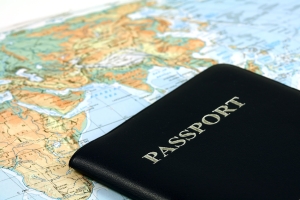September 2010: The View from CPD
Since early in the 20th century, the United States has been a muscular presence on the world scene. When President Theodore Roosevelt dispatched the Great White Fleet on its around-the-world journey in 1907, he was announcing to other nations that the United States had an ample arsenal of hard power at its disposal. As it displayed to great effect in two world wars, America could summon the resources and resolve to impose its will.
The world doesn’t work that way anymore. In an era of asymmetric warfare and non-state actors, muscle alone is not enough to advance the national interest, and so we have seen the rising importance of “soft power.”
As the authors of this month’s commentaries indicate, soft power becomes manifest in many ways, including exchanges and tourism.
Regardless of temporary ups and downs, soft power is clearly an essential diplomatic tool, a great equalizer that can be wielded by large and small nations. It is at the heart of public diplomacy, and the ways in which it is further developed will shape the future of public diplomacy.
Tags
Issue Contents
Most Read CPD Blogs
-
January 2
-
December 15
-
December 17
-
November 25
-
January 2
Visit CPD's Online Library
Explore CPD's vast online database featuring the latest books, articles, speeches and information on international organizations dedicated to public diplomacy.









Add comment